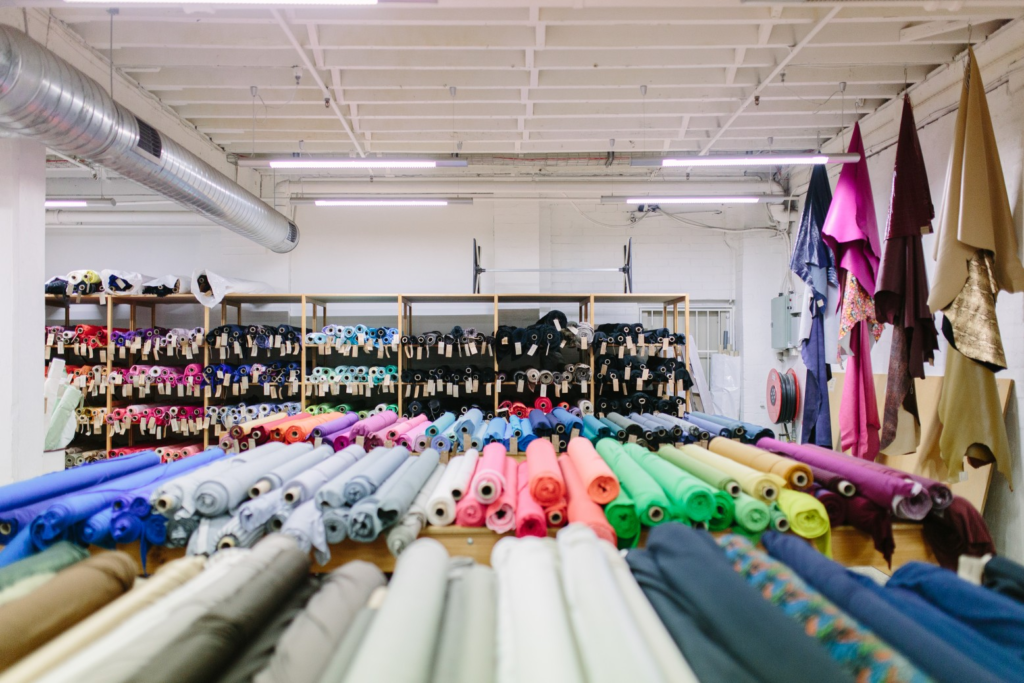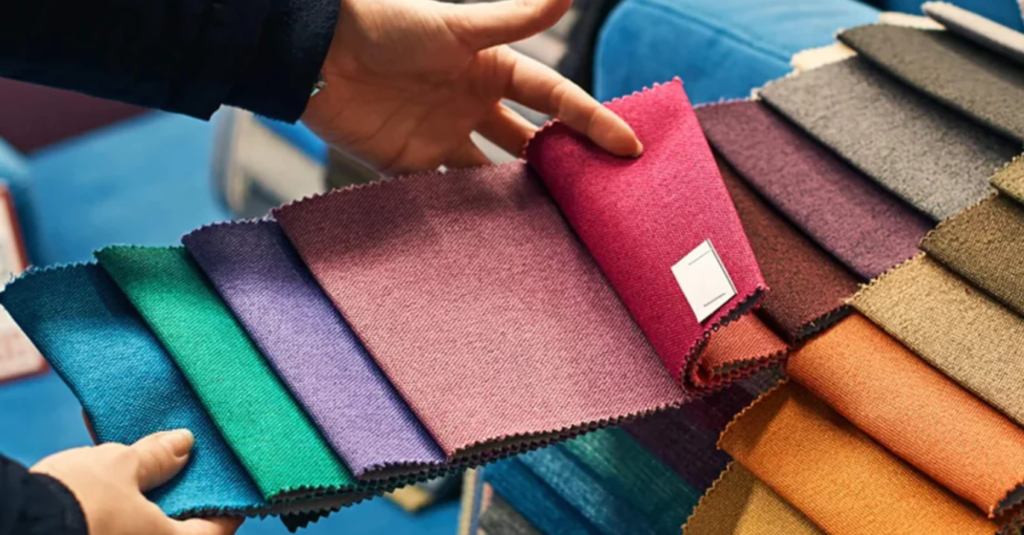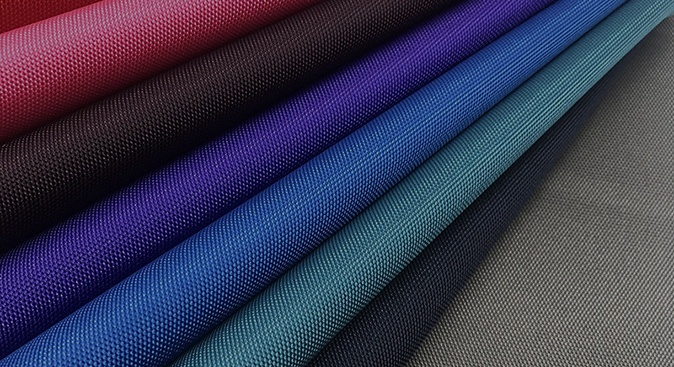When you are planning out a new project, one of the first steps is to decide what type of fabric you want to use on the project.
Many people believed that the best project can be obtained by choosing the best fabrics, but is the best fabric really suitable for all products?
The answer is: Absolutely not. It isn’t as simple as just choosing the best fabric. There are four important factors:
- Research and compare different fabrics,
- Consider the specific needs of your project
- Purchase fabric samples to test and evaluate
- Ask for recommendations from experts or experienced users
In this article, we will explore the various considerations involved in selecting the ideal fabric and the decisions you’ll need to make to achieve the desired outcome. By doing so, you can feel confident that you have the appropriate raw materials to transform your vision into your project.
Introduction
Explanation of Oxford Fabric and its Characteristics
Oxford fabric is a type of woven fabric that is commonly used in clothing, bags, and upholstery. It is named after the prestigious Oxford University in England, where it was originally developed.
Oxford fabric is known for its distinctive texture, which is created by the use of two different yarns in the weave. One yarn is typically a thicker, coarser yarn, while the other is a finer yarn. This creates a subtle crisscross pattern in the fabric that gives it a unique look and feel.
Here are some of the key characteristics of Oxford fabric:
Durability: Oxford fabric is a strong and sturdy fabric that is resistant to wear and tear. This makes it ideal for use in clothing that will be worn frequently or subjected to heavy use.
Breathability: The basket weave pattern of Oxford fabric allows for air to circulate through the fabric, making it a breathable material. This makes it comfortable to wear in warm weather.
Versatility: Oxford fabric comes in a range of weights, from lightweight to heavy-duty, and can be made from a variety of fibers, including cotton, polyester, and blends. This makes it a versatile fabric that can be used for a wide range of applications.
Easy care: Oxford fabric is typically easy to care for and can be machine washed and dried. It is also relatively wrinkle-resistant, making it a low-maintenance fabric.
So why is it important to choose the right fabric, please continue to read, The following points will make you suddenly realize and teach you how to choose.

Considerations for Choosing the Right Oxford Fabric
Intended use and application
Oxford fabric is a popular type of woven fabric that is commonly used for making dress shirts, casual shirts, and other types of clothing. It is known for its durability, comfort, and versatility. However, not all Oxford fabrics are created equal. Here are some considerations to keep in mind when choosing the right Oxford fabric:
The intended use and application
The intended use and application of the fabric must be carefully considered before making a purchase. Will it be used for clothing, outdoor gear, or home furnishings? Each of these uses has different requirements in terms of characteristics such as breathability, water resistance, and color fastness. Therefore, it is important to choose a fabric that meets the specific needs of the intended use to ensure optimal performance and longevity.
Fabric composition
Oxford fabric can be made from various fibers, such as cotton, polyester, or a blend of both. Cotton is a natural fiber that is breathable, comfortable, and durable. Polyester is a synthetic fiber that is wrinkle-resistant and easy to care for. A blend of cotton and polyester can offer the best of both worlds. Consider the composition of the fabric and choose the one that suits your preferences.
Fabric weave
Oxford fabric is known for its distinctive basket weave pattern, which is created by interweaving two yarns in a simple crisscross pattern. There are two main types of Oxford weave: plain Oxford and pinpoint Oxford. Plain Oxford is more casual and has a coarser texture, while pinpoint Oxford has a finer texture and is more formal. Choose the type of weave that best suits your needs and style.
Fabric weight and thickness
The weight of the fabric refers to its thickness and density. A heavier fabric can provide warmth and durability, but may be less breathable. Lighter fabric can be more comfortable and breathable, but may be less durable. Choose the weight of the fabric that best suits the intended use of the garment.
Fabric thread count
The thread count refers to the number of threads woven into one square inch of fabric. A higher thread count usually indicates a finer and softer fabric. However, a high thread count does not necessarily mean better quality. A lower thread count can also produce a durable and comfortable fabric. Generally, a thread count of 80 to 120 is suitable for dress shirts, while a thread count of 60 to 80 is ideal for casual shirts.
Fabric color and pattern
Oxford fabric comes in a wide range of colors and patterns. Choose the color and pattern that best suits your personal style and the occasion for which the garment will be worn.
Environmental factors
These factors must be taken into consideration when selecting a fabric, particularly whether the fabric will be subjected to harsh weather conditions or high levels of wear and tear. The durability and strength required for the fabric will be influenced by these factors.
Budget and cost considerations
When considering your project, it’s important to keep in mind the budget and cost considerations associated with the fabric you plan to use. You should ask yourself how much you’re willing to spend on the fabric, as different types of Oxford fabric can vary significantly in price. Additionally, the quantity of fabric needed for your project can also affect the overall cost, so it’s important to factor that in when making your decision.

Tips for Choosing the Right Oxford Fabric
Research and compare different fabrics
Conduct thorough research and compare different fabrics to identify the best option for your project.
Consider the specific needs of your project
Consider the specific requirements of your project, such as durability, texture, and color, to ensure that the fabric you select meets your needs.
Ask for recommendations from experts or experienced users
Seek recommendations from experts or experienced users to gain insights into the quality and performance of different Oxford fabrics.
Purchase fabric samples to test and evaluate
Purchase fabric samples to test and evaluate the look, feel, and performance of each fabric under consideration before making your final decision.

Care and Maintenance of Oxford Fabric
To care for and maintain Oxford fabric, follow these tips:
Air dry
Hang or lay the fabric flat to air dry. Avoid using a dryer or direct heat, as this can damage the fabric.
Spot clean
If you spill something on the fabric, clean it immediately with a damp cloth. Blot the area gently, rather than rubbing, to prevent the stain from spreading.
Clean regularly
Regularly clean your Oxford fabric to prevent dirt and stains from building up. You can vacuum or brush off loose dirt and dust, or use a damp cloth to wipe down the fabric.
Check the care label
Read the care instructions on the fabric label and follow them accordingly. Some Oxford fabrics may require special care.
Use mild detergent
When washing your Oxford fabric, use a mild detergent and avoid using bleach or fabric softeners. These can damage the fabric and reduce its durability.
Wash in cold water
Oxford fabric should be washed in cold water to prevent shrinking and fading.
Iron on low heat
If necessary, iron the fabric in a low heat setting to remove wrinkles. Avoid using a high heat setting, as this can melt or damage the fabric.
By following these care and maintenance tips, you can help ensure that your Oxford fabric lasts longer and retains its quality and appearance.
Conclusion
In summary, when choosing the right Oxford cloth, consider thread count, weave, composition, weight, as well as color and pattern. Choosing the right fabric requires careful consideration of all the factors involved and a good understanding of the desired outcome. Therefore, it is very important to take the time to research and select the best fabrics in order to achieve the desired effect.



